Injury Self-Management
Injury is a part of sports, and it can occur while participating in the sport or during training sessions. To play an active role in speeding up the recovery process, it is critical to learn how to manage injuries. More on injury self-management is explored in our webinar with Nilesh Makwana, Senior Sports Physiotherapist at Sir H.N Reliance Foundation Hospital.
Watch the full webinar here:
Injury is a part of sports, and it can occur while participating in the sport or during training sessions. To play an active role in speeding up the recovery process, it is critical to learn how to manage injuries. More on injury self-management is explored in our webinar with Nilesh Makwana, Senior Sports Physiotherapist at Sir H.N Reliance Foundation Hospital.
The session began with Nilesh explaining defining injury self-management - it means you move away from a passive role of receiving care and become actively involved in making decisions about your injury. There are several factors that influence injuries in an athlete such as:
- Training load
- Training intensity
- Core bracing
- Mechanics
- Conditioning
On the occurrence of a niggle, there are several signs from the body that tell you about the need to inspect the area for a possible injury. Nilesh discusses the following signs of injury:
- Pain and swelling
- Restricted movement
- Discomfort in muscles or joints
- Sharp pain at rest and exercising
However, it is important to not mistake soreness with injury. The following are the differences between soreness and injury:
|
SORENESS |
INJURY |
|
The area is often dull, tight, and achy |
Sharp reaction while resting or exercising |
|
The signs can develop in 24-48 hours after an activity |
It can develop immediately or within 24 hours of activity |
|
The discomfort can last up to 2-3 days |
It can linger for longer if not addressed |
|
Soreness is usually experienced in muscles |
It is usually experienced in muscles & joints |
|
It can be treated by movements & stretching |
Can be treated by ice, rest, and specific movements |
|
Soreness can occur while sitting still |
Injury can occur during continuous activity |
He then showed some examples of both injury and soreness, for a better understanding of the audience.
In the process of injury-management, the following are the steps to recovery:
- Identify
- Evaluate
- Manage
When managing your injury, Nilesh discussed acute management using the following steps on your road to recovery:
- Activity limitation/modification
- Provide protection to the area
- Optimum loading for targeted movements
- Ice and compression for inflammation
- Elevation to reduce swelling
Once these activities improve the state of the injury, the focus can be shifted towards the movement pyramid:
- Strength, stability, flexibility, balance, & joint mobility
- Endurance coordination
- Speed, agility, and power
Sports Physiotherapist, Nilesh Makwana concluded the session by demonstrating the aforementioned points through various exercises. He also displayed a variety of exercises for athletes who want to return to training. To conclude the discussion, he answered further questions about the topic.
In case of queries, please feel free to connect with us on Instagram/Facebook or email us at info@rfyouthsports.com

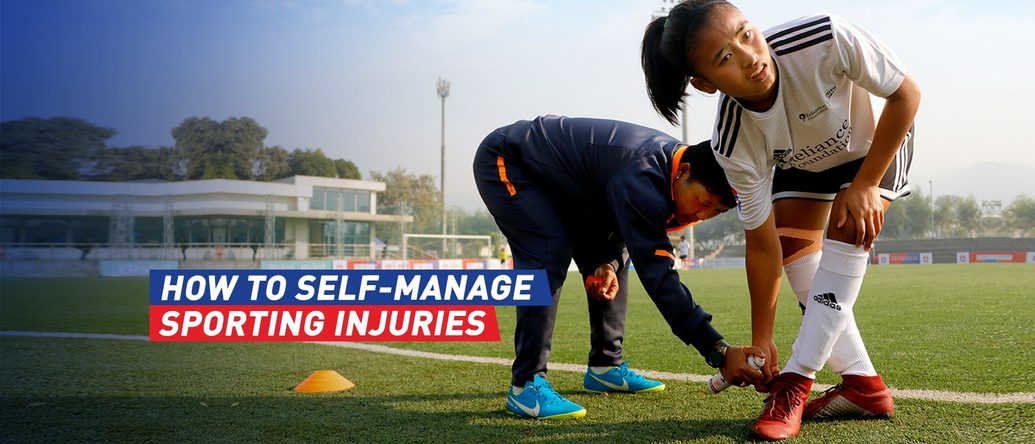
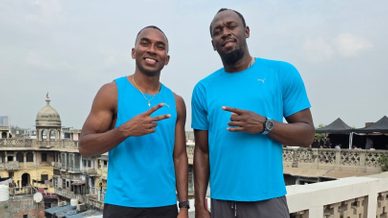
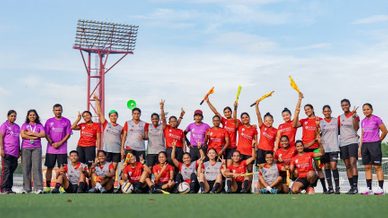
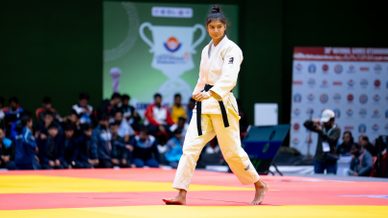
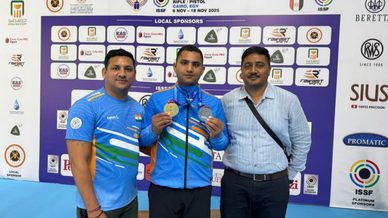

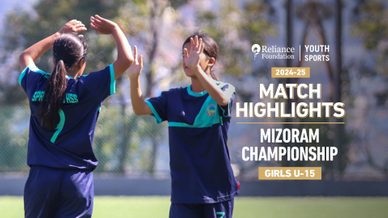
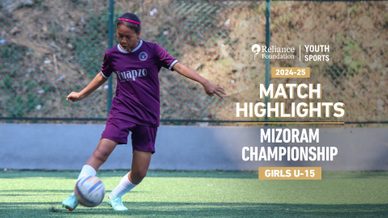
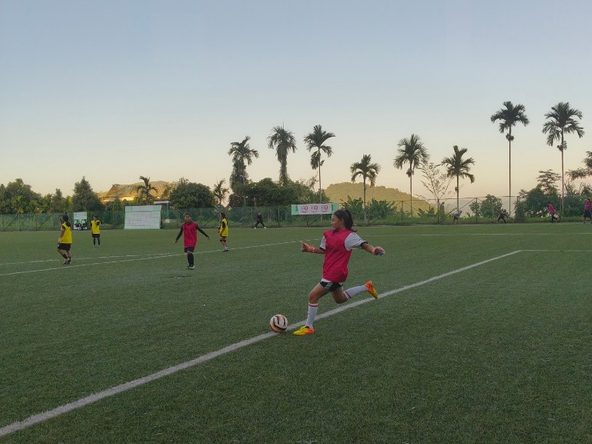

Your Comments